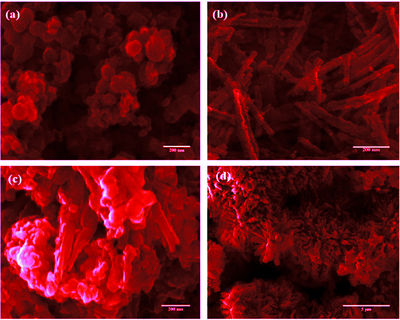J.M.Pearce (talk | contribs) m (→Keywords) |
J.M.Pearce (talk | contribs) m (→See Also) |
||
| Line 14: | Line 14: | ||
==See Also== | ==See Also== | ||
*[[Peanut shaped ZnO microstructures: controlled synthesis and nucleation growth toward low-cost dye sensitized solar cells]] | *[[Peanut shaped ZnO microstructures: controlled synthesis and nucleation growth toward low-cost dye sensitized solar cells]] | ||
* [[Dual morphology titanium dioxide for dye sensitized solar cells]] | |||
[[Category:MOST completed projects and publications]] | [[Category:MOST completed projects and publications]] | ||
Revision as of 11:29, 8 January 2019

Source
- J.Vinodhini, J.Mayandi, R.Atchudan, P.Jayabal, V.Sasirekha, J.M.Pearce. Effect of microwave power irradiation on TiO2 nano-structures and binder free paste screen printed dye sensitized solar cells. Ceramics International https://doi.org/10.1016/j.ceramint.2018.11.157 (in press). [open access]
Abstract
Titanium dioxide (TiO2) nanostructures (nanorods and nanoparticles) were prepared using a low-cost microwave irradiation method from a polyol medium of glycerol. Titanium glycerolate and TiO2 powders were obtained in the glycerol medium for the first time with four different power densities (240 W, 480 W, 720 W, 960 W) of irradiation using a domestic microwave oven of 2.45 GHz, to understand the impact of power on morphology tuning. The structural and morphological features of the titanium glycerolate and TiO2 powders were characterized by X-ray diffraction (XRD), field emission scanning electron microscopy (FESEM) and Raman spectra analysis. The TiO2 was successfully used in the fabrication of photovoltaic devices and as a proof-of-concept binder free paste was prepared and successfully employed for photo-anode using screen printing on the fluorine-doped tin oxide substrate.
Keywords
TiO2, microwave processing, binder free paste, screen printing, dye sensitized solar cell





